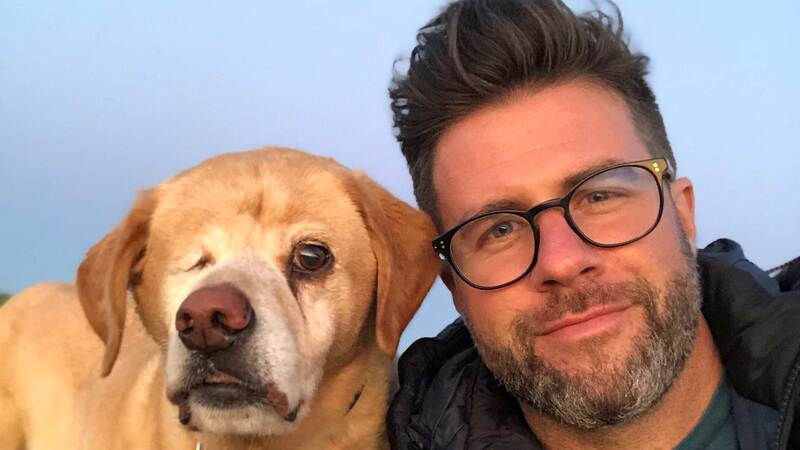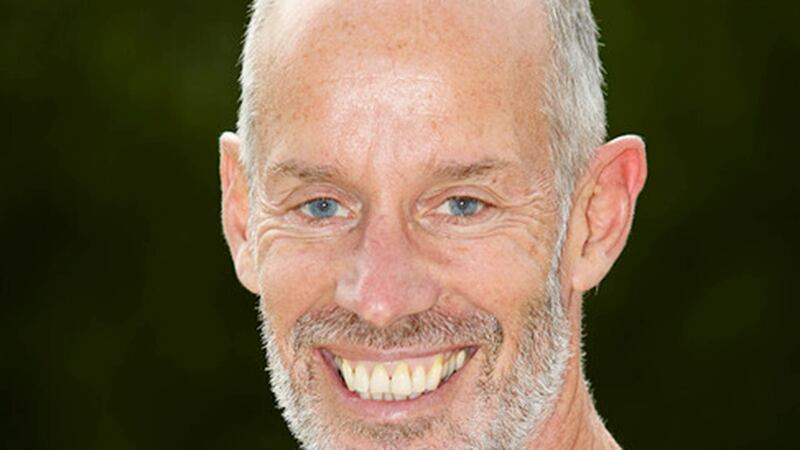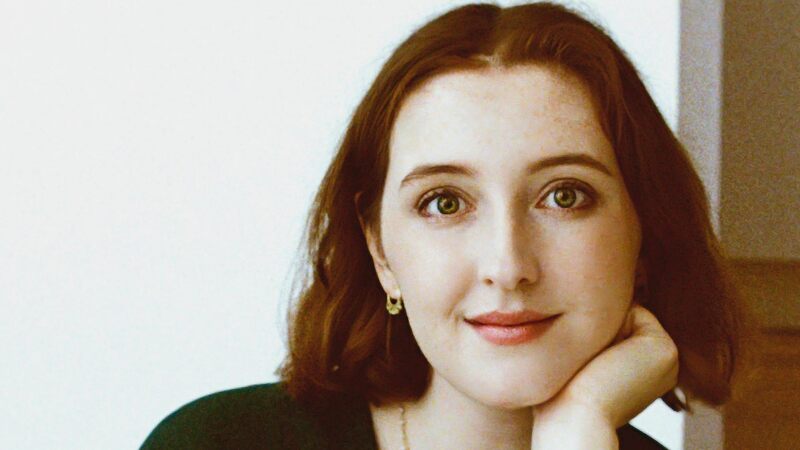You are viewing your 1 free article this month. Login to read more articles.
10 Questions: Helen Macdonald
1. Sum up your book in three words.
Love, grief, hawks!
2. Where did the initial idea come from?
It’s a true story. Seven years ago, after the sudden death of my father, I fled from the world of humans to train and fly a goshawk, one of Britain’s largest and fiercest birds of prey. The book is about what happened to me and the hawk, and also a kaledoscopic biography of the writer T.H. White, who also trained a goshawk in 1936. I wrote the book to share what the hawk taught me about love, life, death and the natural world, and give people a sense of what it’s like to live with an exquisitely fierce and magnificent wild creature.
3. How was the title chosen?
I fretted about it for months because none of the titles I came up with worked. Then one morning H is for Hawk dropped into my head as I was kneeling on the carpet trying to fix a broken WiFi router. And that was it. It felt perfect because this is a book about an education, about how I learned how to live in an unfamiliar world after my father’s death. H is for hawk, and for Helen, and for human, for heart and hope and home.
4. What's your writing routine?
Cafés in the morning, always! I wrote much of the book under a dusty potted palm in a local café, wired on vast Americanos. Then I’d start writing again in the evening at home, breaking for a bit of TV and dinner. Towards the end, the book wouldn’t let me go, and I was writing from dawn until the small hours. That was exhilarating and exhausting: at times the book felt strangely like a living thing, a half-wild animal I was trying to wrangle.
5. Which book do you wish you'd written?
Josephine Tey’s Brat Farrar. Or maybe her The Franchise Affair.
6. What's your favourite word in the English language?
Oblong. It’s so silly. I’m smiling now just saying it out loud.
7. Who's your favourite fictional character?
When I was small I wanted to be Sherlock Holmes. It didn’t strike me for a moment that this might not be possible. Now I think it is Le Carré’s George Smiley: he’s such a perfectly realised fictional creature.
8. What was your favourite book as a child?
I loved Susan Cooper’s The Dark is Rising sequence, Le Guin’s Wizard of Earthsea, the Willard Price Adventure books, and I devoured every field-guide and nature book I could find. The books I read were mostly boy’s adventure books because, to my total bafflement, there weren’t any fictional girls who did the kind of things I loved: climbing trees, making bows and arrows, collecting owl pellets, rearing baby birds. If I had to pick one it would be Brendon Chase by B.B. the 1944 book about three brothers who run away from school to live in the woods. I was obsessed with it.
9. What book are you recommending to everyone at the moment?
I’ve been recommending Tim Dee’s Four Fields, and more recently Richard Kerridge’s Cold Blood. Both of these are masterly, lyrical works about our relationship to the natural world, and they share the most intimate and beguiling honesty about human lives and human motives.
10. What do books and reading mean to you?
Books make your world bigger. They comfort you, bewilder you, inform you, shake your assumptions to the core. When I was a child I read everything I could, from the backs of cereal packets to (then-incomprehensible), Shakespeare and pulp science fiction magazines. Ever since I’ve never understood people who worry about the books they "should" be reading. Read everything. That’s the way to do it.
H is for Hawk by Helen Macdonald is out this week from Jonathan Cape.















